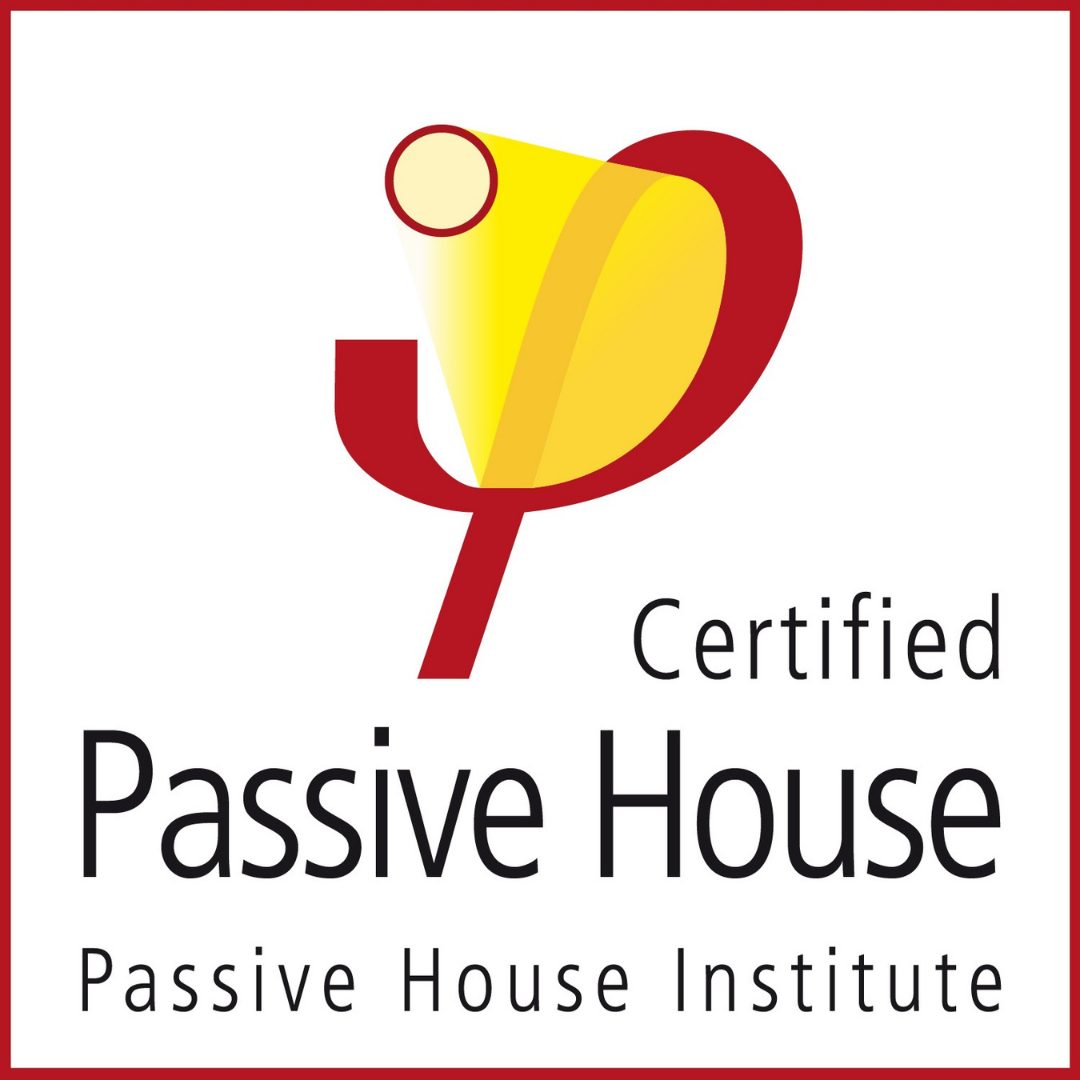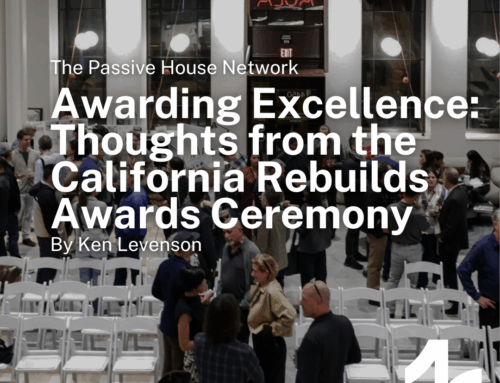The combination of high-quality design, components, and construction, with focused and transparent oversight, makes the international Passive House Standard building certification the logical choice to deliver healthy, comfortable, resilient, and affordable buildings. We can elaborate on a number of reasons:
1. Affordable
Passive House Institute (PHI) building certification is the most affordable Passive House certification program, with a choice of the certifier, a focused scope, and the use of judicious on-site verification. No onsite HERS-Rater inspections are required, although a Rater may conduct PHI-required airtightness tests, ventilation system commissioning, and provide other support as needed.
2. Choice
Need or want several bids? No problem. With 13 organizations and over 20 individual certifiers working in the US to choose from, you have cost, schedule, and workflow options – all using common protocols and outlined in the Building Certification Guide. (Side Note: Are you an experienced Certified Passive House Designer or Consultant, or a HERS-Rater with Passive House experience? Consider becoming an accredited PHI Certifier. Demand is growing!)
3. Simple, Focused Scope
PHI certification limits checklists to only Passive House Standard criteria. This focus balances quality assurance and cost. PHI certification complements and can support other certifications, but PHI doesn’t require the other program’s inspections or checklists.
4. Efficient Support of Other Certification Programs
You may have a particular interest or need to certify to another standard – such as LEED, Enterprise Green Communities, Zero Energy Ready Homes, Indoor airPLUS, WELL, or the Living Building Challenge – and because PHI Certification is so focused, it is a logical complimentary certification that ensures the fundamentals of building performance are addressed rigorously. It provides efficient support for your other certification needs.
5. Judicious Use of On-Site Verification
Photo documentation combined with 3rd Party testing of airtightness and ventilation commissioning ensure quality at a lower cost.
6. Transparent
The certification protocols in conjunction with the design and certification PHPP energy modeling software, provide a completely transparent and comprehensive energy efficiency assessment and as-built record.
7. Flexible
While it’s best to start the certification process during the early stages of project development, you can start after construction has started or finished. No “pre-certification” is required – however, a Design Stage Assurance Letter can be provided if needed – and there are no Rater inspections to worry about missing. If you document your construction with photos, you can start the certification process even after your building is completed.
8. Varied Certification Categories
One size doesn’t fit all so PHI has devised different certification categories – all providing very high-performance outcomes. There is a retrofit standard called EnerPHit that allows for unique approaches demanded by retrofit conditions. Passive House Classic, Plus and Premium are new building standards that demand increasing levels of efficiency, electrification and renewables integration. And a Passive House Low-Energy Building is for those occasions when the final result just misses the mark but a superb building deserving of certification has still been produced.
9. Sophisticated Team Professional Development
The certifier can share their diverse experience and the shared knowledge of the international Passive House community, providing the design and construction team valuable local, regional and global insights.
10. Proven Results
Over 25 years of building certifications have produced thousands of certified buildings of all uses, and sizes, and in all climates – and yes, many are in hot & humid climates too. PHI certification delivers high-performance outcomes more assuredly than any other comparable program. For this reason, public and private, local, state and national funding programs, such as those provided by Xcel Energy, NYC Housing Preservation & Development, NYSERDA, MassSave, HUD, and the Low-Income Housing Tax Credit, have recognized the international Passive House Standard as a standard-bearer of excellence.
Finally
There are also at least 5 great reasons to hire a Certifier and get your building certified in the first place. Contact a certifier and start making plans!





